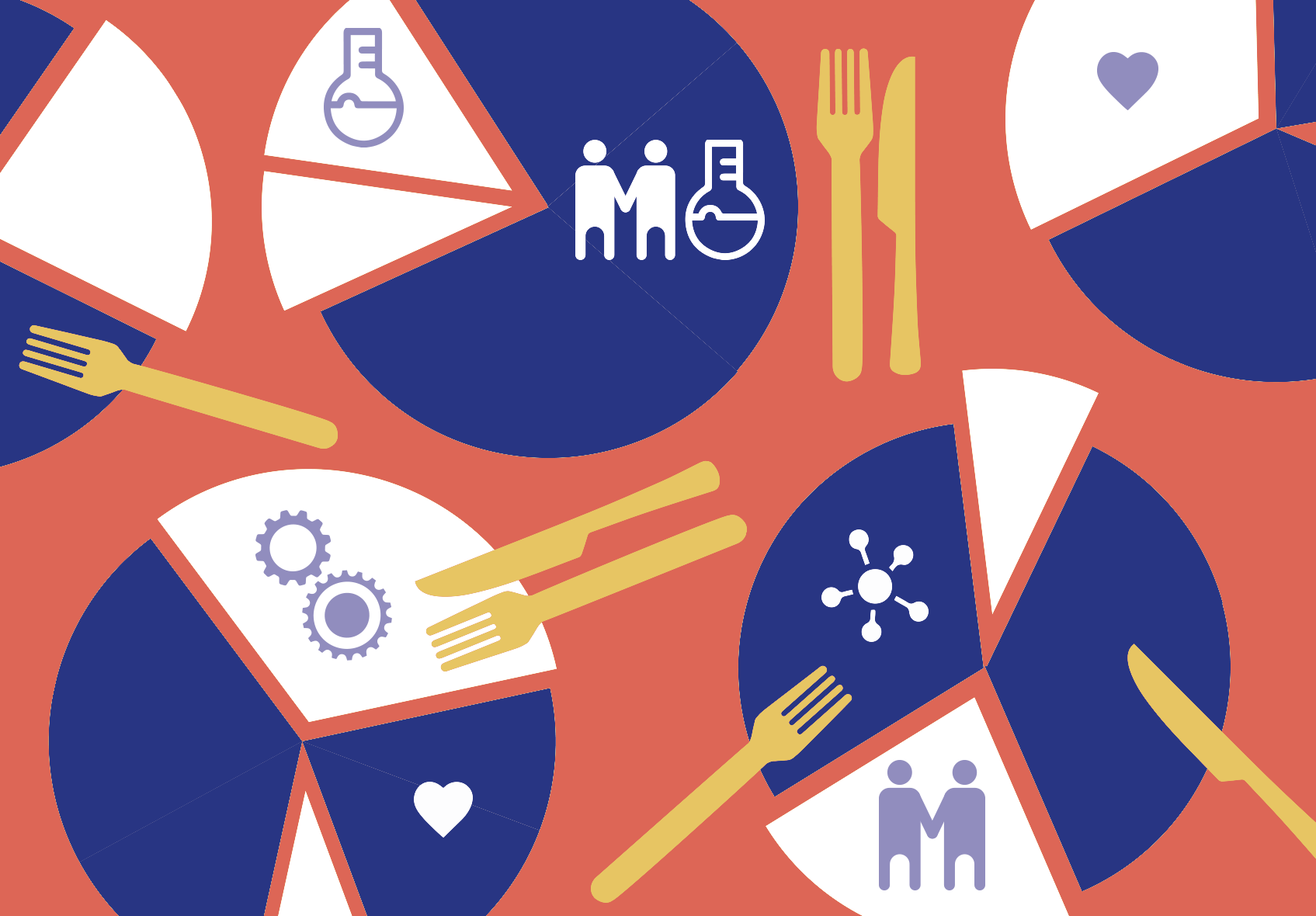Within 72 entrepreneur interviews, 37 DesignBites case companies reported 606 interactions with stakeholders outside of their company when describing their development efforts – we’ve analyzed what these reflect on during-crisis collaboration.
In today’s interconnected and tightly networked world, collaborations are more of a necessity than an option to succeed. Yet, collaborations rarely go all smoothly and according to plan, but the partners are prone to encounter challenges when working together. However, the experiences and challenges of joining forces offer the partners valuable learning opportunities for improving future collaborations. The pandemic has had a profound impact on food industry collaborations. Although some industry players aimed first to get their own situation under control before engaging in collaborative efforts, others were partnering up immediately.

GOOD RELATIONSHIPS EQUAL GOOD COLLABORATIONS
The major learnings from the collaborations had mostly to do with the nature and dynamics of the collaborative relationships. Collaboration characteristics highlighted were equal commitment of partners, open and honest communications, clear roles and responsibilities and trust. All of these could be used to describe a good relationship in general and, indeed, also in the food scene, the collaborations, in the end, always happen between people.
“A good collaboration is like any good partnership. There needs to be openness and listening to each other for the interactions to work, for each other’s messages to be understood. […] In. The end, all collaborations happen between people and, thus, it is important to have big ears for listening to the partner.”
– Ilkka Alarotu / SOK
There is definitely power in community and working together, but it is important for the partners to understand and align their goals with one another. Without a common understanding of what the collaboration is for and how the collaboration is going to happen, complications inevitably emerge.
“In collaborations, it boils down to how the two of you or the three of you or the four of you think. Are you really on the same page? If you aren’t, the collaboration can fall apart at the first problem encountered. The points of disagreements are the weak spots that you never anticipated to have to deal with. But you always ended dealing with them if you don’t make sure that all the collaborators are on the same page.”
– Sasu Laukkonen / Ora
NAVIGATING THE NEW NORMAL OF COVID-19
The impacts of the pandemic on food industry collaborations were, on one hand, impeded by new restrictions and guidelines and, on the other hand, enhanced due to increased innovativeness and willingness to work together. Probably the most straightforward factor influencing collaborating resulted from the new restrictions on in-person meetings and new measures of social distancing. Video conferencing was not an established way to interact for many of the industry players, let alone a way to build new collaborative relationships.
Further changes inflicted by the new restrictions and precautions included challenges in the production and supply chains of different players. For example, Nordic Approach, a Norwegian coffee importer working with numerous small Finnish roasteries, was not able to travel to the coffee producing countries to meet their suppliers. Additionally, some entrepreneurs had to postpone the launch of a new products due to difficulties resulted from the new restrictions in starting the production.
Yet, the pandemic influenced food industry collaborations also positively through an increased willingness to engage in collaboration. This was highlighted in many of the newly formed collaborations being purely non-monetary exchanges between the partners or even having one partner help another without expecting anything in return. Information was shared across companies to help set up operations and mitigate common challenges.
“When the Covid-19 lockdown situation during week 11 started to unfold with the hoarding of toilet paper and such, we got together with our partners in procurement and established daily control meetings. We had to react to the situation in as agile and adaptive way as possible. I believe this brought us closer together with our partners. It generated faith that we Finns with good collaboration will survive even unforeseen and unpredictable challenges like the pandemic.”
– Harri Hovi / Kesko
Many pre-existing collaborations were expanded in scope. In addition to consumer movements to support local ventures, entities offering financing to food companies increased their monetary support. Indeed, some entrepreneurs reported that interactions with regulators and governmental actors were quicker and smoother than ever!
STRONGER TOGETHER TOWARDS THE FUTURE
Despite the challenges in interacting in times of a pandemic, many ventures have turned to collaborative and collective action. Finding areas of mutual benefit, supporting the local community and leveraging networks have been prevalent ways to battle the crisis. These actions, in turn, build a basis for resilience and collaborative capabilities far beyond the pandemic.
 Aalto DF
Aalto DF